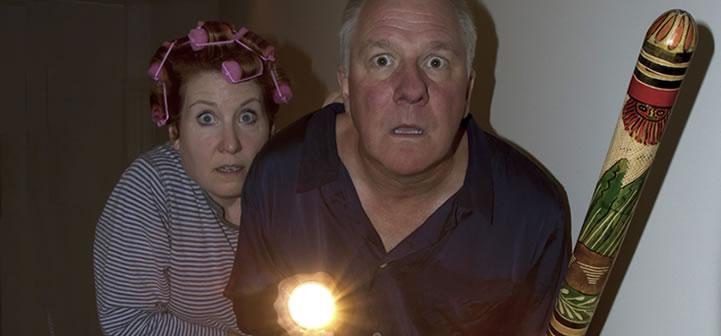
Never fear! The experts are here. First, you need to locate where the bat is in the house.
When trying to locate the bat make sure to use thick, preferably leather, gloves and a flashlight, and NEVER put your hand …

Research based wildlife control information

Never fear! The experts are here. First, you need to locate where the bat is in the house.
When trying to locate the bat make sure to use thick, preferably leather, gloves and a flashlight, and NEVER put your hand …
Scott Hygnstrom (pronounced Hing-strum) is a Professor and Extension Wildlife Specialist with the School of Natural Resources at the University of Nebraska-Lincoln. He earned a PhD from the University of Wisconsin-Madison, MS from UW-Stevens Point, and a BS from UW-River …
Swine brucellosis is a highly contagious infectious disease caused by the bacterium Brucella suis, of which there are five biotypes or strains. Brucellosis represents a significant disease of domestic swine, which had been all but eliminated from domestic herds …
Pseudorabies virus (PRV), also known as Aujeszky’s disease, is an infectious viral disease that is caused by the Suid herpesvirus 1 (SuHV-1). The name “pseudorabies” means “rabies like” or “false rabies;” however, PRV is a herpes virus and is not …
Most people understand that animals are active during the day (diurnal) or night (nocturnal). For example, robins are active during the day and raccoons are active at night. While there is a third category, crepuscular (dawn and dusk), the binary …
Hunting license requirements for feral hogs in Texas can at times seem unclear. This article will help define the laws and regulations related to hunting feral hogs.
The feral hog is defined as a exotic livestock In Texas according to…
Whether feral hogs are a friend or foe is a matter of perspective. Opinions vary widely, ranging from apathy to eradicating a pest species or to the thrill of hog hunting.
Feral hogs are …
The behavior of feral hogs (also called wild hogs and wild pigs; Sus scrofa) is unique among native and introduced hoofed big game in the United States. Management strategies developed for other hoofed big game typically will not work …
|
|
| Figure 1. Hunter wearing gloves while field dressing a feral hog. Photo courtesy of Jim Cathey |
In general, feral hogs have the potential to contract and transmit all of the diseases of domestic swine. Because of this, feral hogs have …
Feral hog numbers are on the rise in the United States. Likewise the problems they cause are also growing. With attention on this invasive species, many myths are circulating about feral hog history, distribution, biology, and damage. The following bullets …